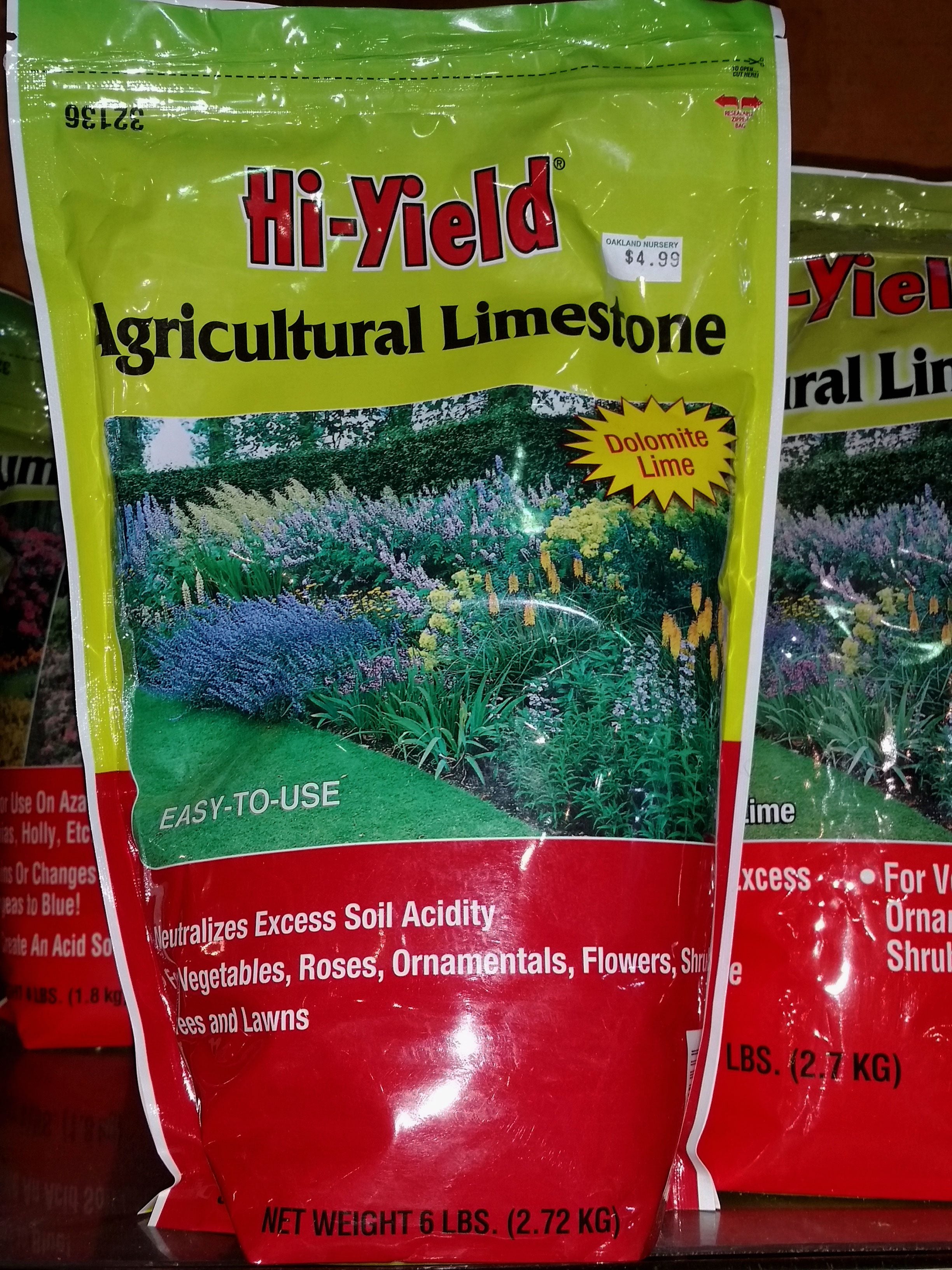Adding Lime To Soil: What Does Lime Do For Soil & How Much Lime Does Soil Need


Does your soil need lime? The answer depends on the soil pH. Getting a soil test can help provide that information. Keep reading to find out when to add lime to the soil and how much to apply.
What Does Lime Do for Soil?
The two types of lime that gardeners should become familiar with are agricultural lime and dolomite lime. Both types of lime contain calcium, and dolomite lime also contains magnesium.
Lime adds these two essential elements to the soil, but it is more commonly used to correct the soil pH. Most plants prefer a pH between 5.5 and 6.5. If the pH is too high (alkaline) or too low (acidic), plants can't absorb the nutrients that are available in the soil.
They develop symptoms of nutrient deficiency, such as pale leaves and stunted growth. Using lime for acidic soil raises the pH so that plant roots can absorb the necessary nutrients from the soil.
How Much Lime Does Soil Need?
The amount of lime your soil needs depends on the initial pH and the consistency of the soil. Without a good soil test, judging the amount of lime is a process of trial and error. A home pH test kit can tell you the acidity of the soil, but it doesn't take the type of soil into consideration. The results of a soil analysis performed by a professional soil testing laboratory includes specific recommendations tailored to meet your soil's needs.
Lawn grasses tolerate a pH of between 5.5 and 7.5. It takes 20 to 50 pounds (9-23 k.) of ground limestone per 1,000 square feet (93 m²) to correct a mildly acidic lawn. Strongly acidic or heavy clay soil may need as much as 100 pounds (46 k.). In small garden beds, you can estimate the amount of lime you need with the following information.
These figures refer to the amount of finely ground limestone needed to raise the pH of 100 square feet (9 m²) of soil one point (for example, from 5.0 to 6.0).
Sign up for the Gardening Know How newsletter today and receive a free copy of our e-book "How to Grow Delicious Tomatoes".
- Sandy loam soil -5 pounds (2 k.)
- Medium loam soil - 7 pounds (3 k.)
- Heavy clay soil - 8 pounds (4 k.)
How and When to Add Lime
You'll begin to see a measurable difference in the soil pH about four weeks after adding lime, but it can take six to twelve months for the lime to dissolve completely. You won't see the full effect of adding lime to the soil until it is completely dissolved and incorporated into the soil.
For most gardeners, fall is a good time to add lime. Working lime into the soil in the fall gives it several months to dissolve before spring planting. To add lime to the soil, first prepare the bed by tilling or digging to a depth of 8 to 12 inches (20-30 cm.). Spread the lime evenly over the soil, and then rake it in to a depth of 2 inches (5 cm.).

Jackie Carroll has written over 500 articles for Gardening Know How on a wide range of topics.